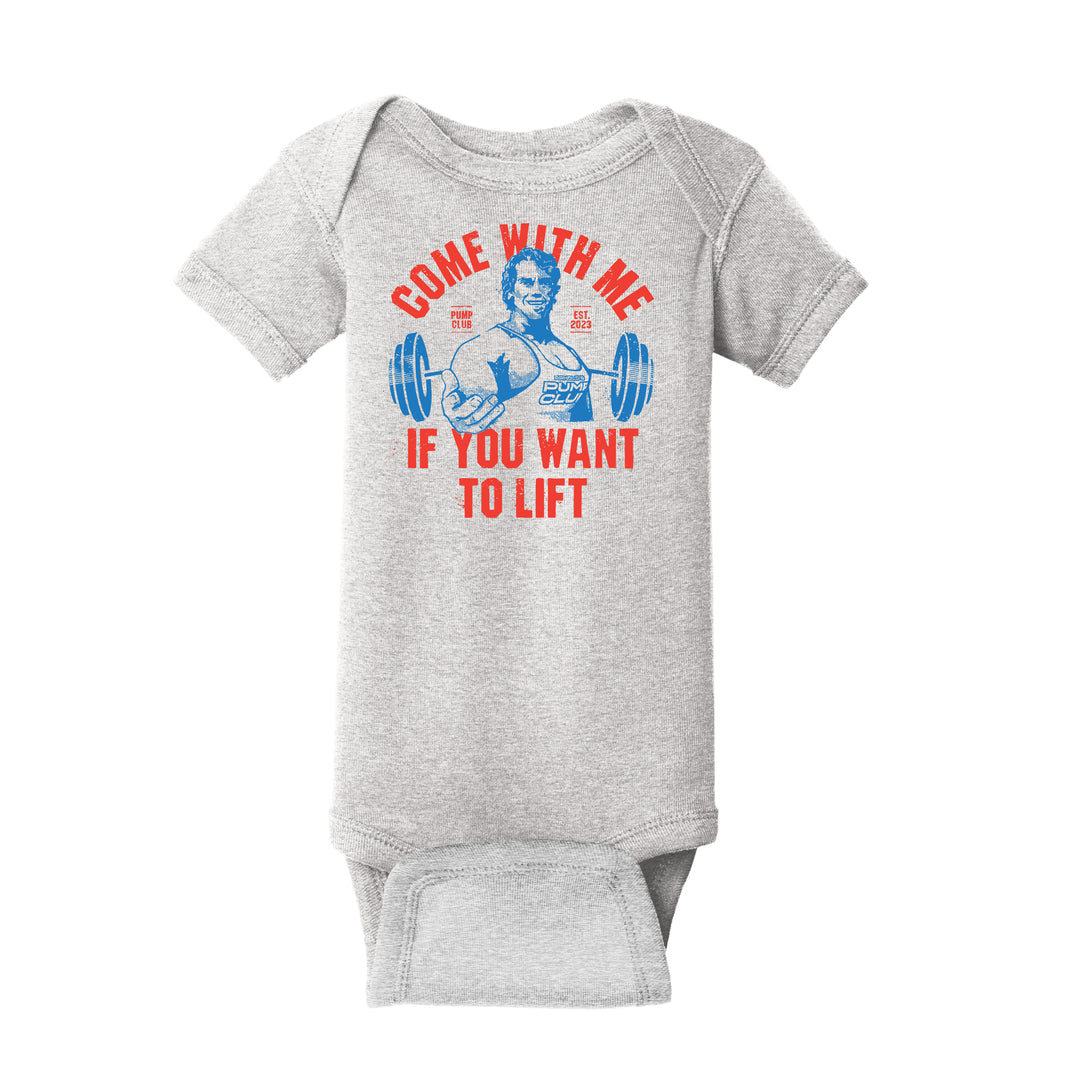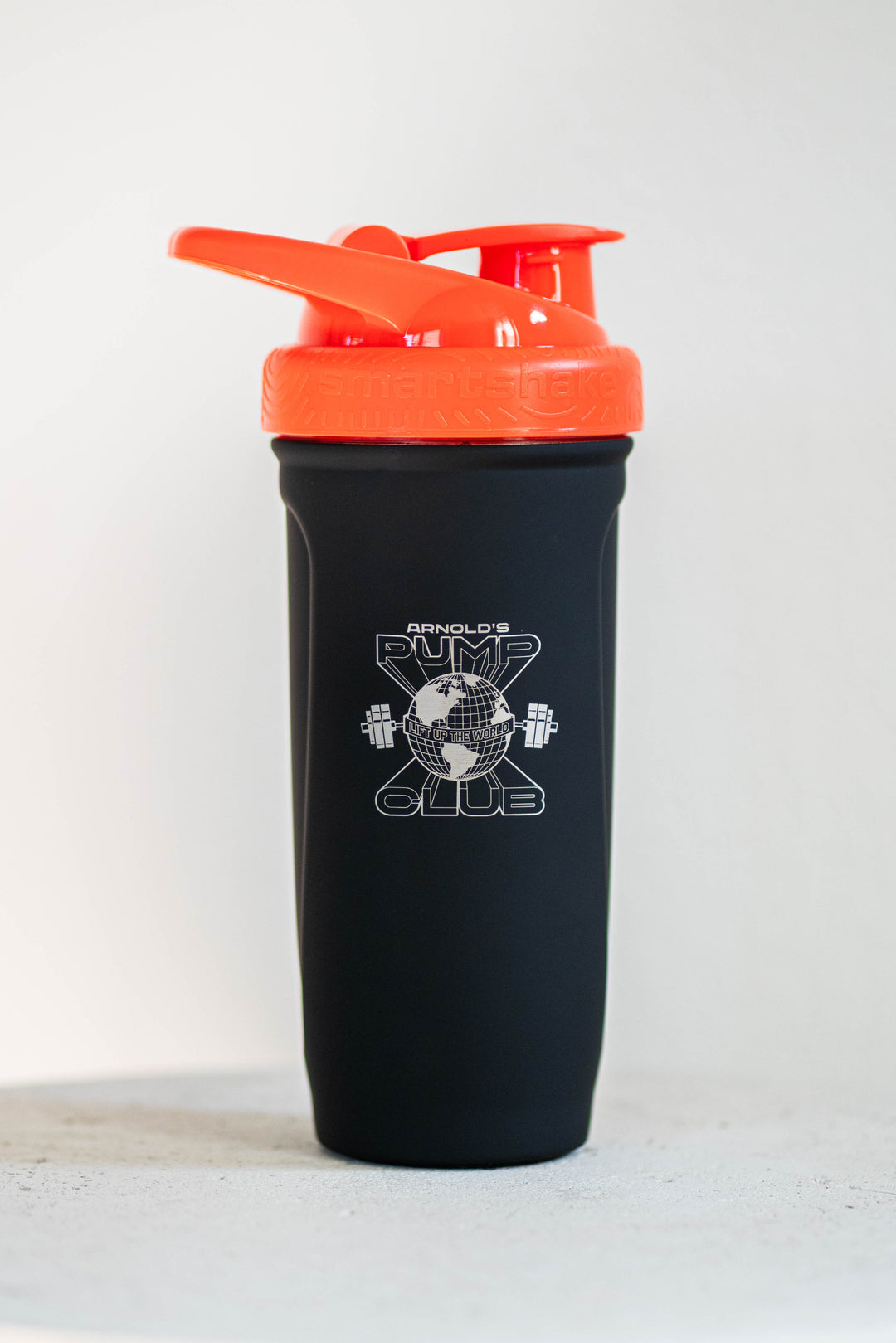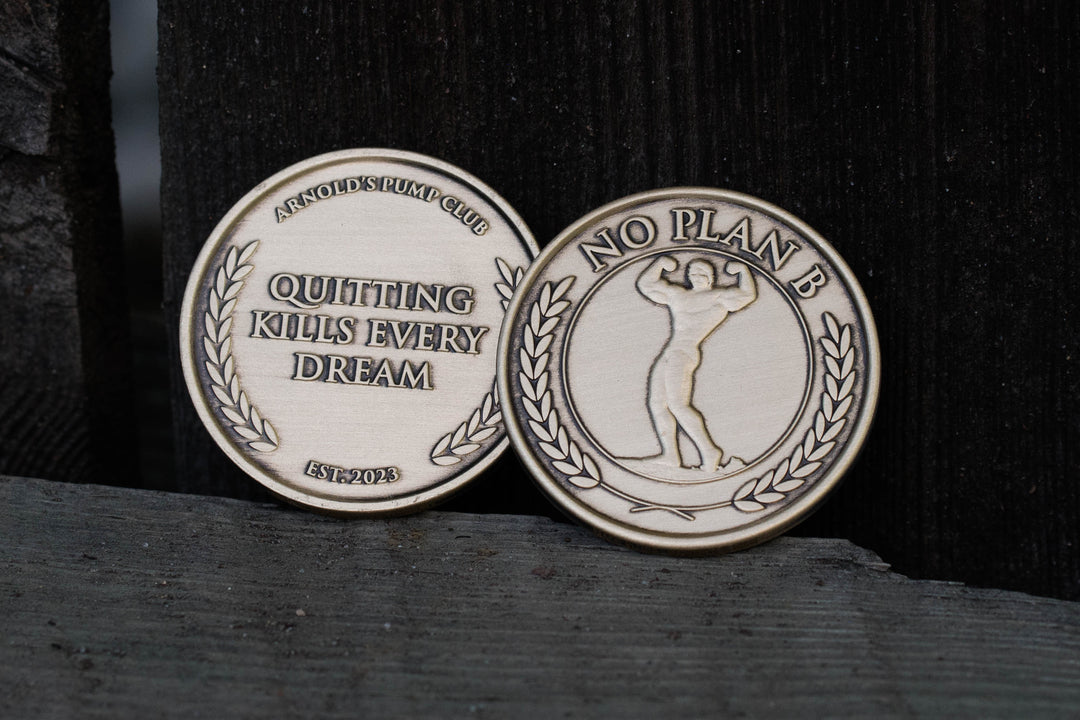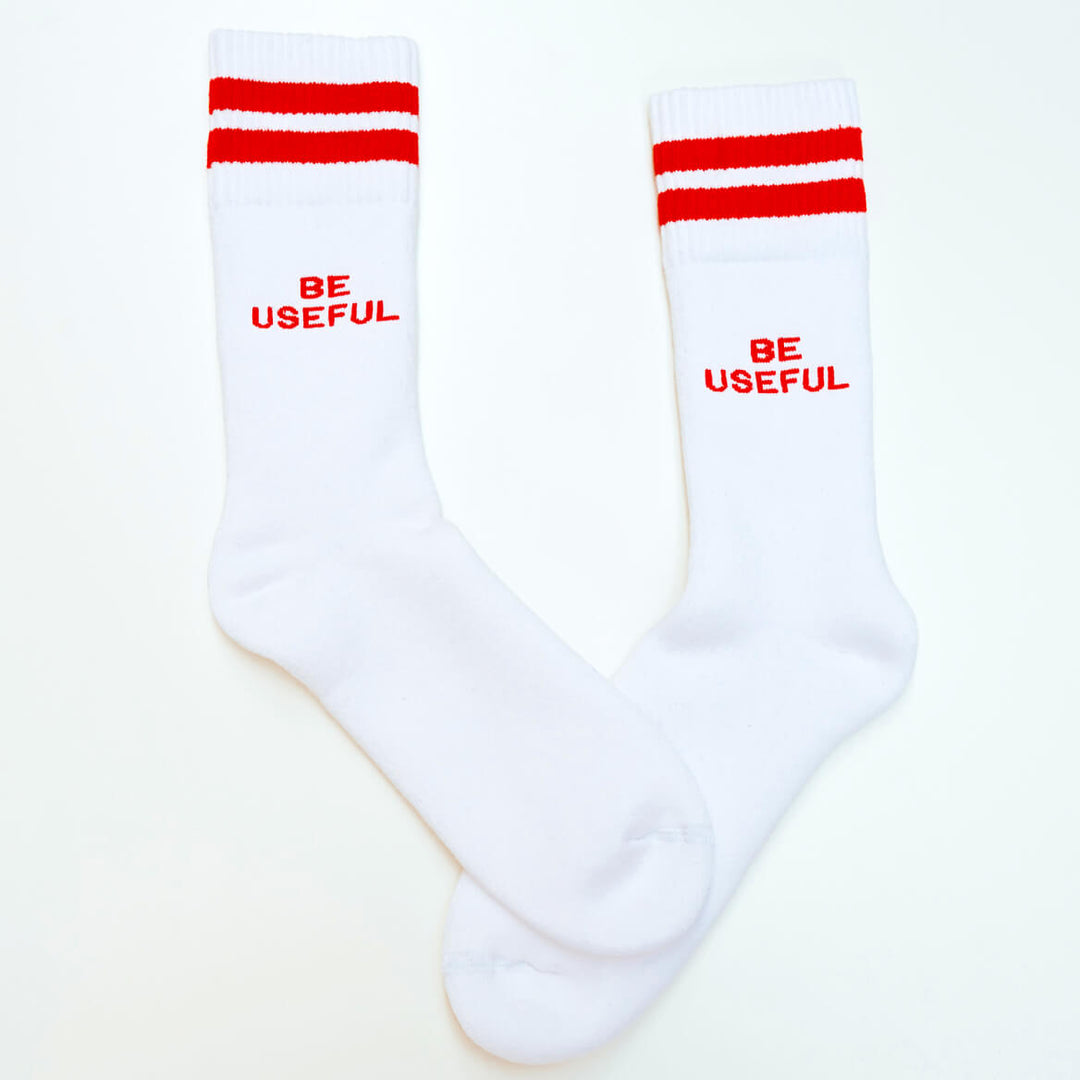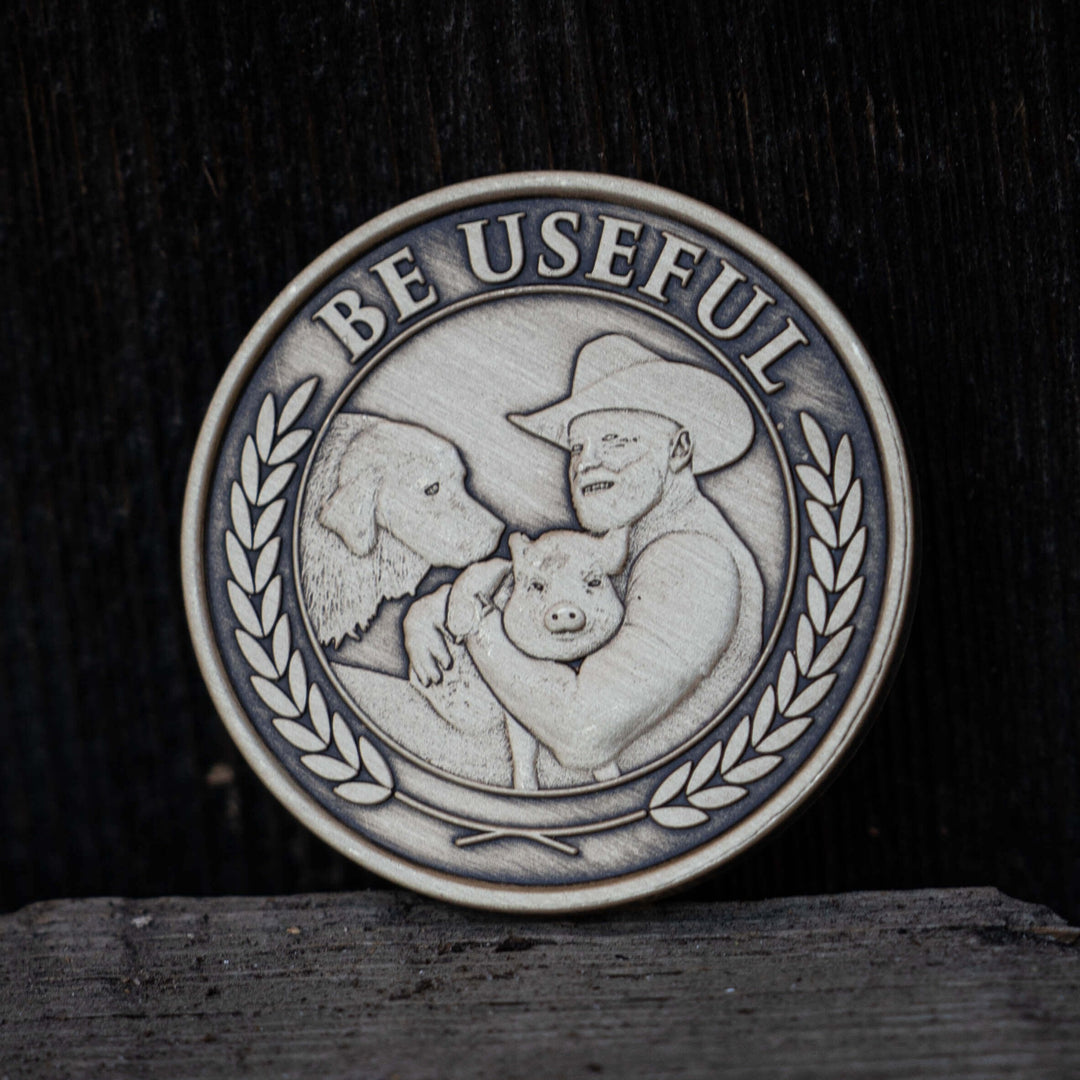Welcome to the positive corner of the internet. Here’s a daily digest designed to make you healthier in less than 5 minutes. If you were forwarded this message, you can get the free daily email here.
Today’s Health Upgrade
The positivity pill
Why runner's should lift
The surprising cost of motivation
Want more stories from Arnold? Listen to Arnold's Pump Club podcast. It's like the daily newsletter, but with additional narration and thoughts from Arnold. You can subscribe on Apple, Spotify, Google, or wherever you listen to podcasts.
Can Positivity Fight Disease?
It’s Adam, and I want to share something personal because there's a bigger lesson we can all learn from. My father is battling terminal brain cancer. When he was diagnosed, his doctors gave him 6 to 12 months to live. It was a gut punch.
My dad told the doctors he didn’t care about their predictions. He just wanted to know about their solutions. It’s been a battle every day, and the cancer is still there. But it’s been almost 3 years, and he’s still alive. I’ve had more time with him than I thought possible, and if you ask him how he has beat the odds, his answer is simple: he has maintained a positive mindset.
To be clear, cancer is a terrible disease. And my dad has done many things, including changing his diet, undergoing chemo and radiation, and dedicating himself to frequent exercise. But new developments suggests my dad’s life-extension strategy could be more scientific than it might appear. Doctors and scientists are discovering more evidence that a positive mindset can fight illness and speed recovery from injury or disease.
This article takes a fascinating look at the latest research on how a positive mindset creates changes in your brain that can help fight everything from life-threatening illnesses to the common fever. As the article points out, our new understanding of the brain and positive emotions, “could help to boost the placebo effect, destroy cancers, enhance responses to vaccination, and even re-evaluate illnesses.”
And the opposite is also true. Research suggests that a negative mindset could create chemical changes that reduce immune cells that fight against disease and stress. While scientists are still trying to pin down the exact causes and triggers, they believe there’s a strong enough connection to suggest where the mind goes, the body will follow. Next time you find yourself sick, do your best to stay positive and focus on your mindset. It might help more than you think.
Why Runners Need to Lift
If you want to become a better runner, a day or two in the gym could give you the extra boost you desire.
A recent study found that heavy-weight training improved running efficiency (AKA running economy) and time trial performance.
And that’s not all. Plyometric training also provided additional benefits, although not as much as lifting weights.
Before you think the plan calls for lighter weights and higher reps, the biggest benefits were found when runners went heavy and pushed the intensity. Specifically, runners improved most when training with 90 percent of their maximum weight and training in a range of 1 to 4 repetitions.
If you’re ready to become a stronger runner, make sure you don’t use Arnold-like volume. Most research appears to show that you only need about 2 to 6 sets, performed 2 to 4 times per week for the best outcomes. Just makes sure you’re patient. It will likely take 8 to 10 weeks before you start seeing the improvements.
The Surprising Cost of Motivation
Going to the gym can be a challenge for so many people. But what if you were paid to get in shape — do you think it would make you more consistent? If so, how much money would it take to change your behaviors?
Researchers asked that exact question and found that a little bit of cash can make you more consistent with your training. But the payoff you need doesn’t cost as much as you might think.
Thirty different scientists from 15 universities studied more than 60,000 people to try and find the ideal way to increase motivation to exercise. They tried more than 50 different methods — such as getting positive feedback or sharing on social media — and the most effective method was getting paid.
But the amount was surprisingly small. Paying people the equivalent of $1.75 per workout boosted compliance. And offering the equivalent of 9 cents after a missed workout was the most effective way to get people back into the gym. Forget Bitcoin, the stock market, or gold; committing to 9 cents to “never miss a workout twice” and build your exercise habit is a winning investment.
What’s your next step? Maybe create a “workout” fund and donate $2 every time you hit a session and $1 every time you make it back after a missed day. Call it your celebration savings, and use it to celebrate your success in sticking to your routine by going out to dinner or just getting a fancy coffee. This might help get you going. But remember, the real key is building a habit that makes it feel automatic. If the money gets you started, the routine is what will keep you going.
--

Lift your friends up, get a personalized, signed copy of my Encyclopedia of Bodybuilding
Help me with my fitness crusade and recruit new members. Share your referral link and if 2 people sign up for Arnold's Pump Club, you’ll be entered to win a personalized, signed copy of my Encyclopedia of Bodybuilding. Five winners will be selected.

































